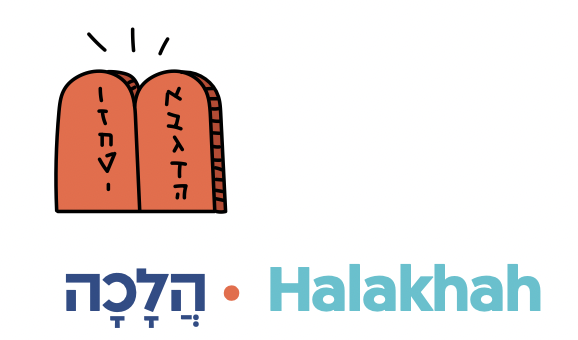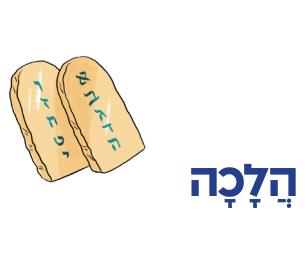Illustration Credit: Elad Lifshitz, Dov Abramson Studio

Halakhah הֲלָכָה
Are you a righty or a lefty? Did you know that about 1 in 10 people are lefties? (And about 1 in 100 people are ambidextrous—they can use either hand for tasks like writing.) Should being a righty or a lefty matter for performing mitzvot?
In the middle of our parashah’s many rules about צָרַעַת (tzara’at), the כֹּהֵן (kohen, priest) is given the following instruction:
וְטָבַל הַכֹּהֵן אֶת אֶצְבָּעוֹ הַיְמָנִית מִן הַשֶּׁמֶן אֲשֶׁר עַל כַּפּוֹ הַשְּׂמָאלִית…
The kohen should dip his right finger in the oil in his left hand…
What do you think a left-handed kohen was supposed to do? Act like a righty, using his right hand? Or use his stronger hand? The answer might surprise you, but left-handed kohanim were not allowed to do the main jobs in the Beit Ha-Mikdash at all! (See Tosefta Bekhorot 5:8.) Basically, it was important for all kohanim to do things in exactly the same way.
That might be a possible way to run things in the Beit Ha-Mikdash, where there were always more kohanim than there were jobs, but what about other mitzvot, where we expect everyone to do them?
Well, with tefillin, in general they are placed on the arm you don’t use for writing. For most people, that is the left arm, but lefties are supposed to do the opposite and put tefillin on their right arm!
With lulav and etrog, there is a tradition in the Talmud that the lulav, which is bound together with the hadassim and the aravot, should be held with the right hand, and etrog in the left. Is that the same for lefties? Sefaradim have generally said yes—everyone holds the lulav and the etrog in the same way. Ashkenazim have generally said no—lefties are supposed to reverse things: etrog in the right hand and lulav in the left! (See Shulhan Arukh and Rema Orah Hayyim 651:3.)
You can see from here that your handedness can matter for mitzvot, even if sometimes we each do it a little differently based on the way God created us!.
-------------------
-------------------





